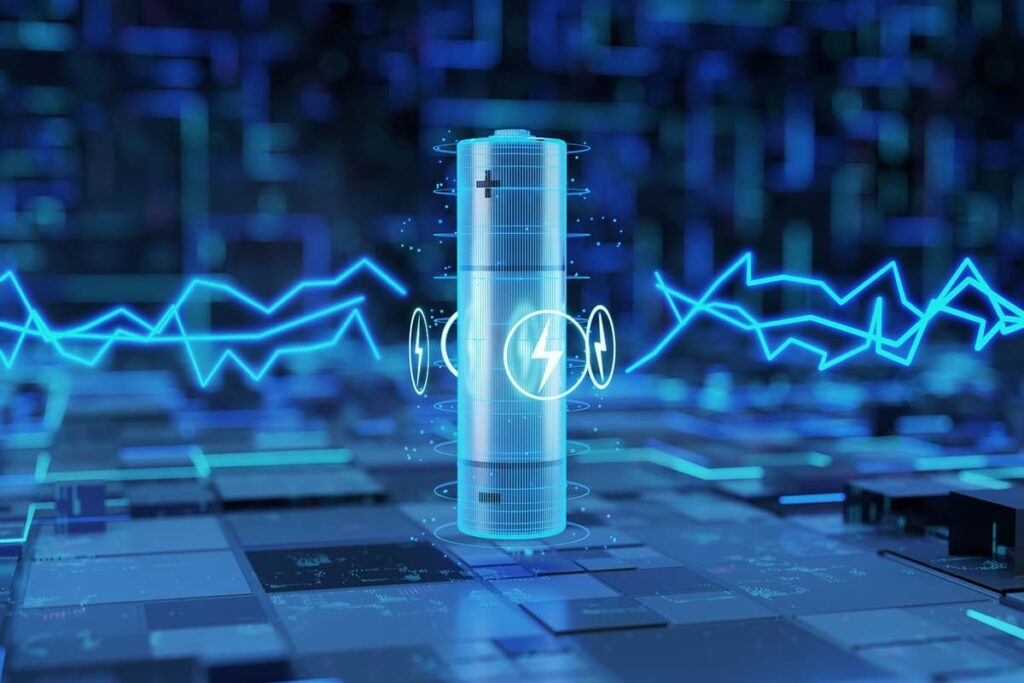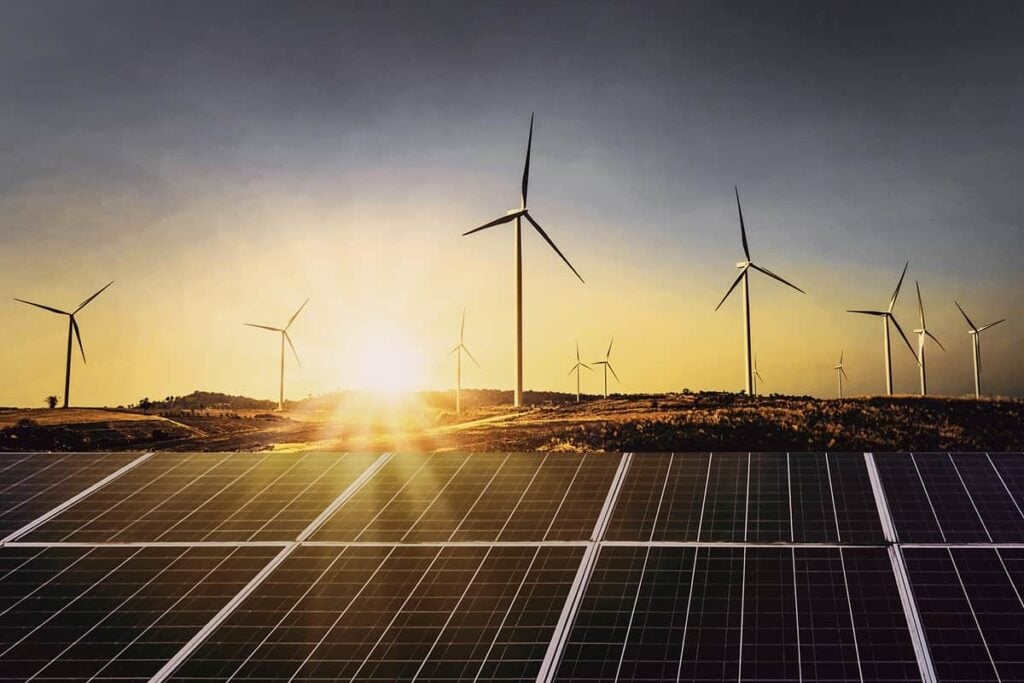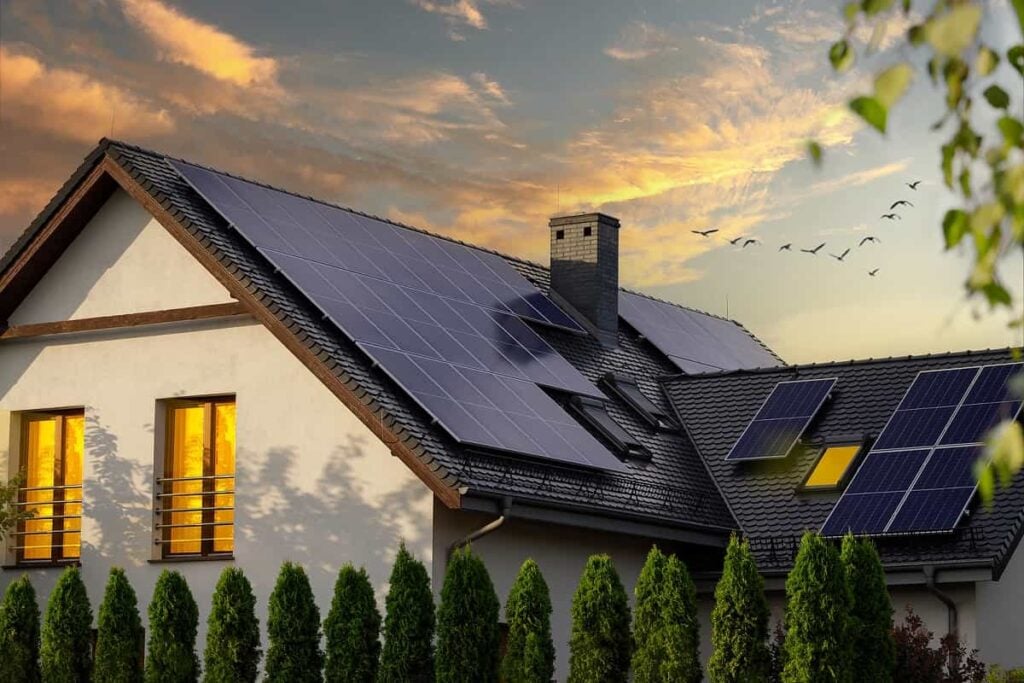Highview Power Storage Stores Energy with Liquid Air
Table of contents
Table of contents

If you take air and remove the CO2 and water vapor from it, then chill the remaining air (which is mostly nitrogen) to -310F, the air actually turns into a pale blue liquid. 700 gallons of air can be turned into just one gallon of liquid air using this method. In 2012, the Institution of Mechanical Engineers in the UK published an article stating that liquid air can compete with batteries and hydrogen to store excess energy generated from renewables. At the time this article was published, one UK company had already been working for five years on using liquid air for energy storage. That company’s name is Highview Power Storage.
About Highview Power Storage
Founded in 2005, privately held London based Highview Power Storage has secured more than $43 million of private and public funding so far. Last week, one of the ten biggest companies in the world helped validate the economic viability of this technology when GE signed a global licensing and technology collaboration agreement with Highview for their liquid air energy storage system. This not only helps validate the technology but also Highview’s IP portfolio which is a suite of patents both granted and pending. The liquid air energy storage system has also been successfully piloted since 2011 in a fully integrated 2.5MW pilot plant hosted by Scottish and Southern Energy in London. The UK Department of Energy and Climate Change recently awarded $13 million to Highview and Viridor to build a 5MW liquid air energy storage system alongside one of Viridor’s landfill gas generation plants in the UK. Viridor is one of the UK’s leading recycling, renewable energy, and waste management companies.
The Process
This clever process is quite simple. Off-peak electricity is used to liquify air which is then stored in tanks. When demand for power increases, a valve is opened that releases the liquid air from the tank which rapidly expands creating a gas which then powers a turbine. There is no combustion at all and heat can be used to increase the efficiency of the process. Efficiency measures the amount of electricity you get out of the process versus what you put in, with batteries sitting at around 80% efficiency. The Highview process alone can only achieve 20% efficiency, however using waste heat, the process can achieve an efficiency of 70%:
While the Highview system may not be as efficient as competing battery solutions, it does have some distinct advantages. The system has a low capital cost, uses no scarce materials, and has a proven long lifetime of 25+ years. Liquid air stores energy at about the density of some lithium-ion batteries. While pumped hydro (which accounts for 99% of grid energy storage worldwide) requires mountains and reservoirs, Highview’s system is not geographically constrained.
Conclusion
It will be interesting to see what business model Highview pursues. Will they pursue a licensing model where they collect royalties on someone else’s use of the technology or will they invest the capital themselves to build additional projects? If they want to scale the business rapidly themselves, they will need additional capital, and a listing on the London Stock Exchange could provide that capital as well as enable retail investors an opportunity for exposure to this very unique technology.
Sign up to our newsletter to get more of our great research delivered straight to your inbox!
Nanalyze Weekly includes useful insights written by our team of underpaid MBAs, research on new disruptive technology stocks flying under the radar, and summaries of our recent research. Always 100% free.

















Are there any other companies listed on NYSE or NASDAQ (including ADRs) in which one may invest in these new technologies, as well as those for converting sea water to fresh water?
Thank you in advance for your response.
Thank you for the comment William. I did research this area a while ago and there are a few pure-play desalination companies out there. We’ll look to do an article on this in the near future.
Regards,
Joe